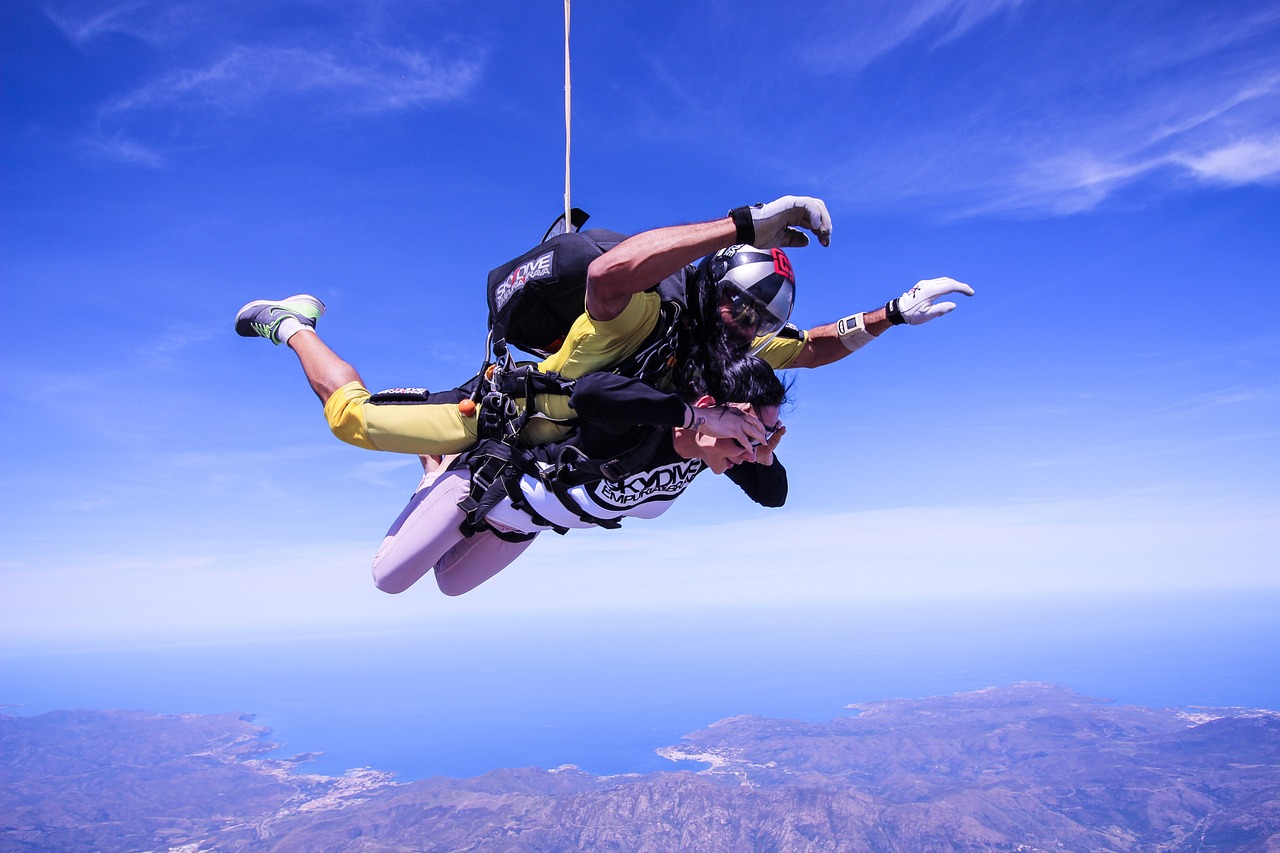Skydiving is an exhilarating and exciting experience that has become increasingly popular in recent years. It involves jumping from an airplane or a high altitude and freefalling through the sky before deploying a parachute and gliding back to earth. The experience is undoubtedly thrilling, but it comes with its risks, and it is essential to be aware of these before taking the leap. In this article, we will explore what we must care for before skydiving and the hidden risks of skydiving.
Physical Health and Fitness
Skydiving can be physically demanding and requires a level of fitness to undertake safely. Before you embark on your skydiving experience, it is essential to assess your physical health and fitness levels. You must be able to endure the physical demands of the activity without placing yourself or others in danger.
There are specific physical requirements that you must meet to participate in skydiving. You must be at least 18 years old, weigh less than 250 pounds, and be in good physical health. You should not have any underlying health conditions such as heart disease, high blood pressure, or respiratory issues that could put you at risk during the jump. You may also be required to undertake a medical assessment to confirm your suitability for the activity.
Mental Health
Skydiving can also be mentally demanding, and you must be in a sound mental state to undertake the activity safely. If you are struggling with any mental health issues such as anxiety, depression, or PTSD, it is essential to discuss these with your instructor before jumping. Your instructor will be able to advise you on whether skydiving is suitable for you and offer support and guidance if needed.
Training and Preparation
Skydiving is not something that you can simply jump into without any preparation or training. It is essential to undertake a training course before embarking on a jump. The training will cover the basics of skydiving, including equipment, safety procedures, and what to do in the event of an emergency. You must listen carefully to the instructions given and ask questions if you are unsure about anything.
Weather Conditions
Weather conditions can have a significant impact on the safety of skydiving. Before jumping, you must check the weather forecast to ensure that the conditions are suitable for the activity. High winds, rain, and storms can all impact the safety of the jump, and you should never jump in these conditions.
Equipment Safety
Skydiving equipment is designed to keep you safe during the jump, but it is essential to ensure that it is functioning correctly before jumping. You should check that your equipment is properly fitted, and all straps, buckles, and connectors are secure. You should also ensure that your parachute is in good condition and has been properly packed.
Hidden Risks
Despite the physical and mental preparation, training, and equipment safety, there are still hidden risks associated with skydiving. These risks include:
a. Malfunctioning Equipment
Although rare, equipment malfunction is a hidden risk of skydiving. Your equipment may fail to deploy, leading to a freefall that is difficult to control. To avoid this risk, you must ensure that your equipment is properly maintained and that you have a reserve parachute in case of any malfunction.
b. Collisions
Collisions with other skydivers or objects such as airplanes or buildings are another hidden risk of skydiving. You must maintain a safe distance from other jumpers and avoid areas with potential obstacles during the jump.
c. High Altitude Effects
Jumping from high altitudes can also have physical effects on the body, such as decompression sickness or hypoxia. These conditions can be perilous and necessitate urgent medical attention. To minimize the risk of high altitude effects, it is essential to follow the instructions
In conclusion, skydiving is an exhilarating and exciting activity that can provide a memorable experience for those who undertake it. However, it is essential to understand and be aware of the risks associated with the activity. Before jumping, it is crucial to assess your physical and mental health, undertake proper training, check the weather conditions, and ensure that your equipment is functioning correctly. Despite all of these precautions, there are still hidden risks associated with skydiving, such as equipment malfunction, collisions, and high altitude effects.
Therefore, it is essential to take skydiving seriously and be prepared for all possible scenarios. Always listen carefully to your instructor, follow all safety procedures, and ask questions if you are unsure about anything. If you approach skydiving with a responsible and cautious attitude, you can have a safe and enjoyable experience that will provide memories that last a lifetime.


